Dazzling Sirius: The Brightest Star In The Night Sky
The brightest star visible from any part of Earth is within the constellation Canis Major the Greater Dog. Learn where and when to see it!
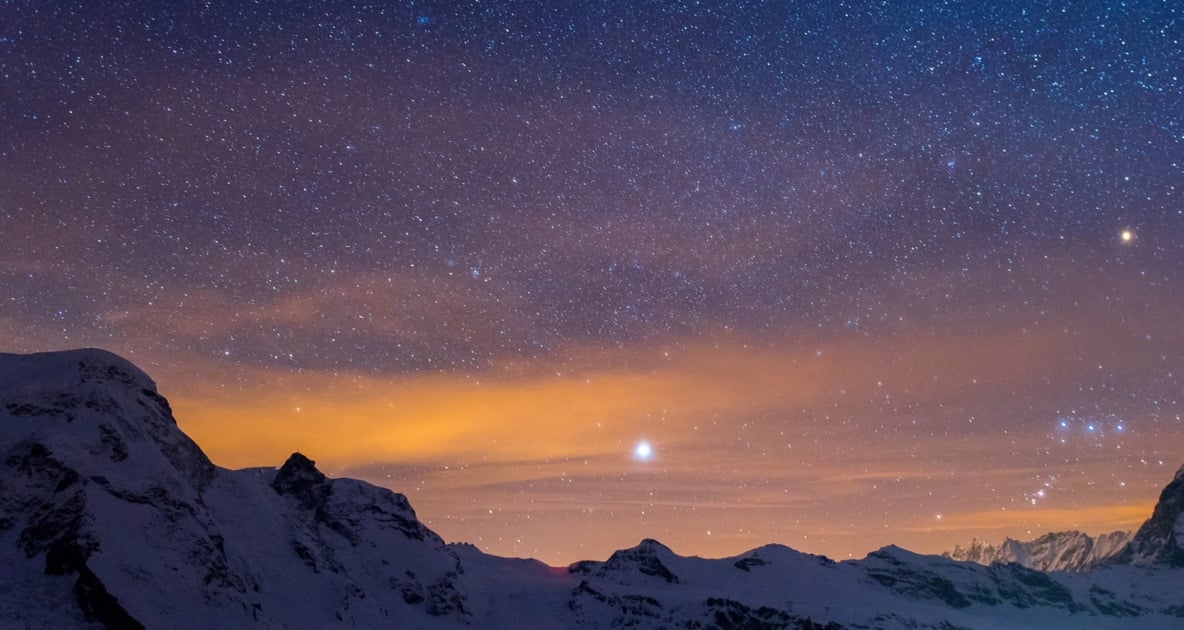
The brightest of all the stars dazzling in the night sky is Sirius, the “Dog Star.” It is the brightest star in the constellation Canis Major, the Greater Dog, and shines prominently at around 10 p.m. local time where it can be seen toward the south on chilly winter evenings.
And have you heard the term “the Dog Days of Summer”? It gets its name from Sirius, the Dog Star—ancient stargazers blamed it for generating heat, along with the Sun, to create the sweltering weather period from July 3rd to August 11th each year.
It is also the unquestionable ruler in its own section of the sky; a truly dazzling object. In color, the star is a brilliant white with a definite tinge of blue, but when the air is unsteady it then seems, in rapid scintillation, to flicker with all the colors of the rainbow.
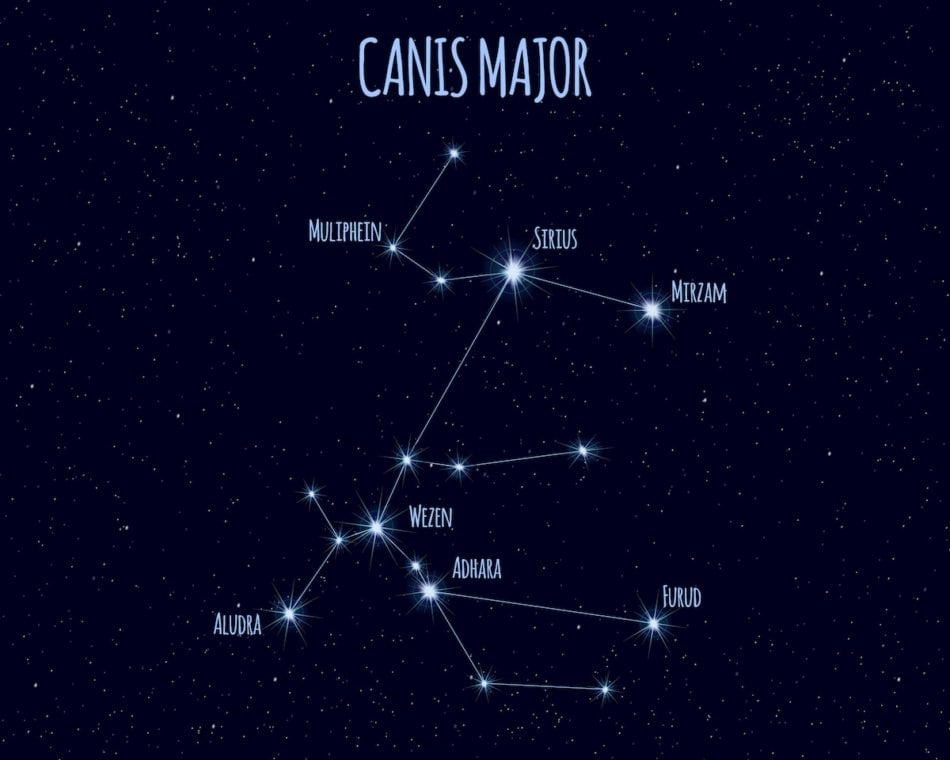
At a distance of 8.7 light-years, Sirius is the fifth nearest star known. Among the naked-eye stars it is the nearest of all, with the exception of Alpha Centauri. Four thousand years ago, the ancient Egyptians noticed that Sirius would rise just before dawn at the time of the summer solstice apparently heralding the coming rise of the Nile, upon which Egyptian agriculture – and all life in Egypt – depended. Hence, Sirius became known as the “Nile Star” or “Star of Isis.”
How to locate: Sirius is easy to locate on winter evenings — Use the constellation Orion and simply draw a line through Orion’s Belt, down to the left. This will point to Sirius.
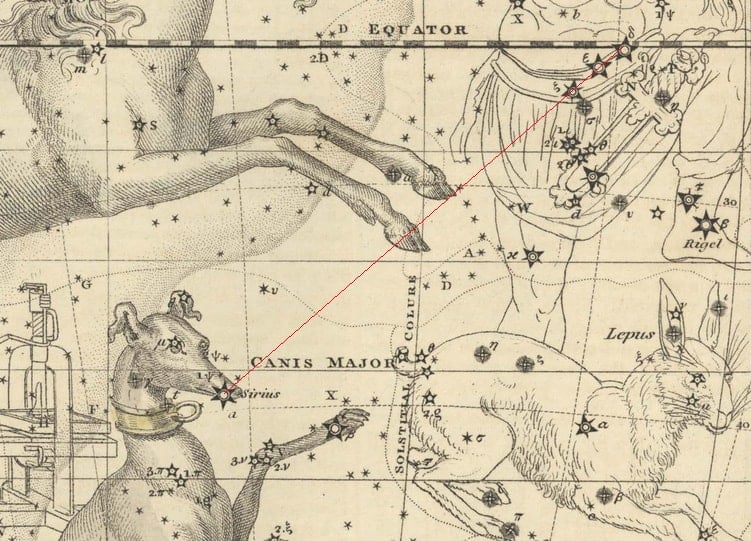
Where to view: Look for Sirius toward the south around 10 p.m. local time.

Joe Rao
Joe Rao is an esteemed astronomer who writes for Space.com, Sky & Telescope, and Natural History Magazine. Mr. Rao is a regular contributor to the Farmers' Almanacand serves as an associate lecturer for the Hayden Planetarium in New York City.


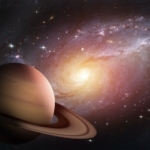

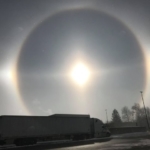
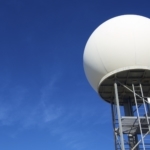
The sky at sunrise to sunset I have passion and till the day I depart from here I can’t get enough of learning from this site. The stars and moon to Sun raise and sunset will always be in my formal french gardens and I feel to eternal that’s where ill be with everything. This site is breath taking.